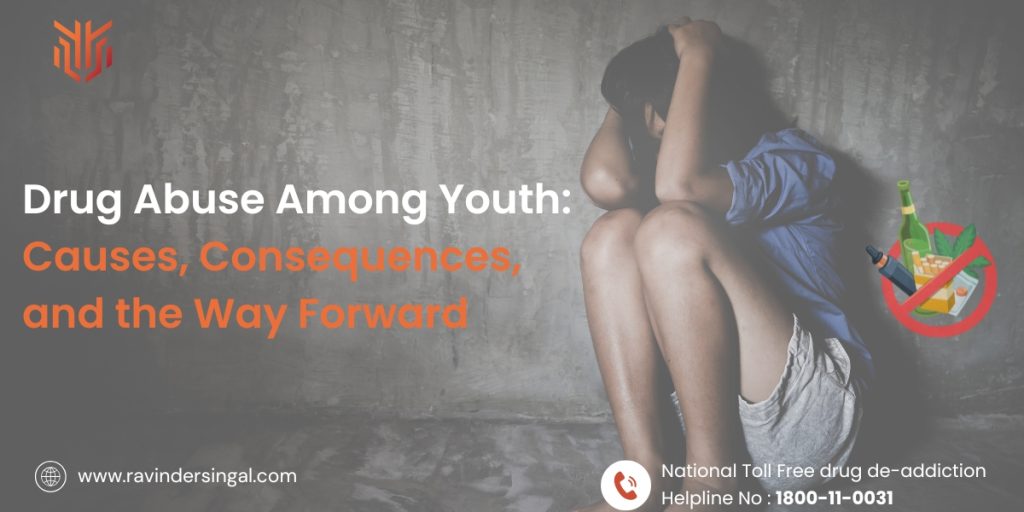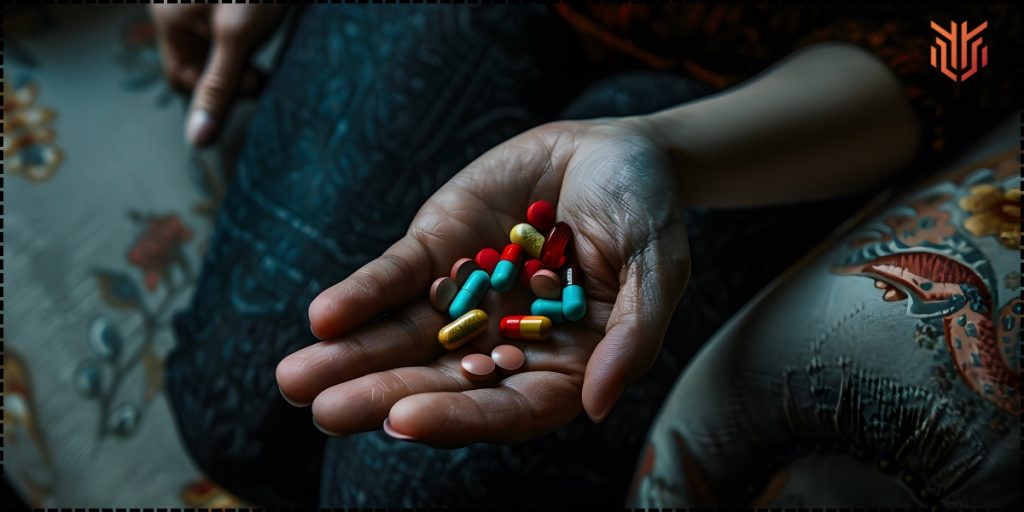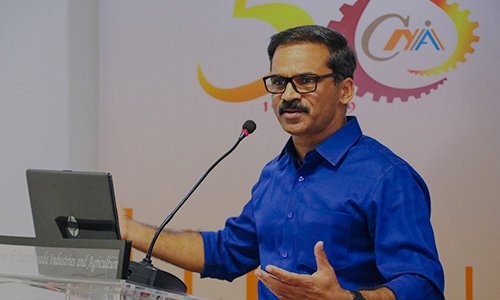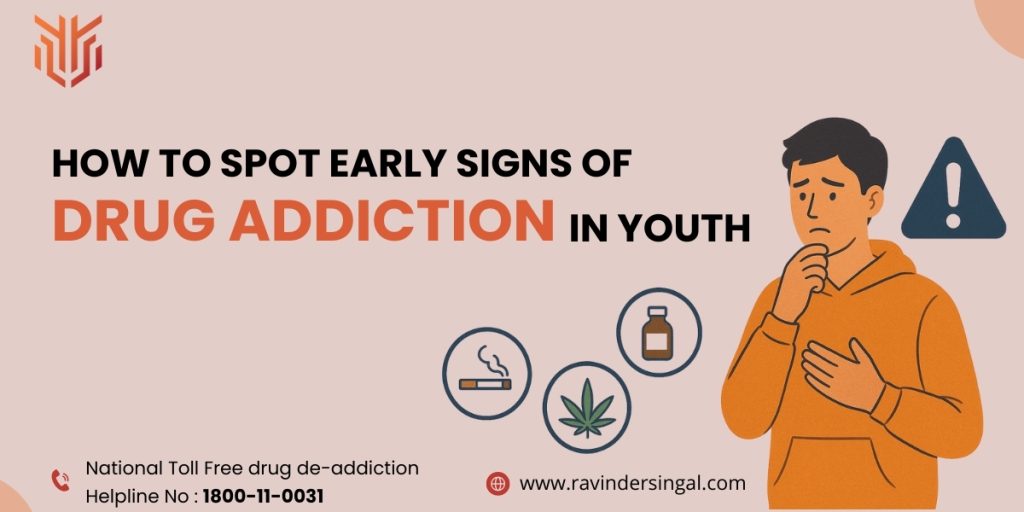Drug Abuse Among Youth: Causes, Consequences, and the Way Forward

Understanding Drug Abuse Among Youth
Drug abuse among youth has become a pressing concern in today’s society. The vulnerability of young minds combined with peer pressure, easy access to substances, and lack of awareness makes them highly susceptible. Drug Abuse Among Youth not only affects physical health but also has profound psychological and social implications.
I have witnessed how early intervention, awareness, and structured rehabilitation can transform lives. Addressing the causes of drug abuse in youth and implementing preventive measures is crucial for families, schools, and communities.
This blog delves into the effects of drug abuse on teenagers, the consequences of substance abuse, and actionable steps to control youth addiction problems.
Causes of Drug Abuse in Youth
1. Peer Pressure and Social Influence
One of the most significant causes of drug abuse in youth is peer pressure. Teenagers often indulge in risky behaviors to fit in with friends or social groups. Studies show that peer influence accounts for over 60% of initial drug experimentation among adolescents. Programs focusing on drug awareness for students and school-based prevention initiatives can help young people resist such pressures.
2. Family Environment and Parental Influence
The role of parents in preventing drug abuse cannot be overstated. Lack of guidance, neglect, or parental substance use often increases the risk of drug abuse among youth. Parents who actively engage in youth counseling and rehabilitation programs can significantly reduce the chances of addiction.
3. Stress, Anxiety, and Mental Health Issues
Many teenagers turn to substances as a coping mechanism. The psychological effects of drug use include temporary relief from anxiety or depression, but long-term exposure can worsen mental health conditions. Recognizing these early signs is critical for drug addiction prevention.
4. Curiosity and Experimentation
Adolescence is a time of exploration. Curiosity can lead to experimentation with drugs. Awareness campaigns, drug addiction awareness programs, and peer education can help channel this curiosity into safe, productive avenues.
5. Accessibility and Socioeconomic Factors
Easy availability of drugs, combined with socioeconomic challenges, contributes to youth addiction problems. Government initiatives and community support for addicts are vital to curb access and provide rehabilitation.

Effects of Drug Abuse on Teenagers
1. Physical Health Consequences
- Effects of drug abuse on teenagers include:
- Weakened immunity
- Cardiovascular problems
- Liver or kidney damage
- Stunted growth in adolescents
Early intervention through youth counseling and rehabilitation can prevent these long-term effects.
2. Mental Health Impact
The impact of drugs on mental health can be devastating. Common issues include:
- Anxiety and depression
- Cognitive impairment
- Behavioral changes
- Risk of suicidal tendencies
Drug abuse among youth often coexists with untreated mental health conditions, emphasizing the need for holistic care.
3. Academic and Social Consequences
Drug addiction affects schooling and social interactions. Teens may experience:
- Declining academic performance
- Social isolation
- Conflicts with family and peers
School-based prevention initiatives and drug awareness for students help maintain academic and social balance.
Consequences of Substance Abuse
1. Legal and Ethical Implications
Youth involved in substance abuse may face legal issues such as arrests or juvenile detention. Understanding the consequences of substance abuse reinforces the importance of preventive education.
2. Long-Term Addiction Challenges
Early substance use often leads to chronic addiction. Life after rehabilitation requires ongoing support, family involvement, and community engagement to prevent relapse.
3. Social and Community Impact
The social impact of youth drug addiction extends beyond the individual. Families suffer emotionally and financially, while communities face increased crime and health issues. Comprehensive drug addiction prevention programs are vital.
Early Signs of Drug Abuse in Teens
Identifying early signs of drug abuse in teens can prevent severe consequences. Key indicators include:
- Sudden changes in behavior or personality
- Neglecting academic responsibilities
- Physical symptoms like bloodshot eyes, fatigue, or weight fluctuations
- Secretive behavior or withdrawal from family and friends
Awareness of these signs is crucial for effective rehabilitation for young addicts.
Steps to Control Drug Abuse Among Youth
1. Education and Awareness Programs
Implementing drug addiction awareness programs in schools and communities is essential. Educating youth about risks, social consequences, and health impacts reduces susceptibility.
2. Role of Parents and Guardians
Active parental involvement can curb peer pressure and drug addiction. Parents should:
- Monitor social interactions
- Encourage open discussions about substance abuse
- Participate in youth counseling and rehabilitation

3. School-Based Initiatives
School-based prevention initiatives include:
- Workshops on drug awareness for students
- Peer mentoring programs
- Counseling sessions for at-risk students
4. Community Engagement
Community support plays a crucial role in prevention and rehabilitation. Programs offering guidance, after-school activities, and mentorship help reduce youth addiction problems.
5. Government and Policy Measures
Government initiatives against drug abuse focus on strict regulations, awareness campaigns, and rehabilitation funding. Coordinated efforts between schools, families, and authorities enhance the efficacy of these programs.
Rehabilitation for Young Addicts
1. Psychological Counseling
Youth counseling and rehabilitation address the root causes of addiction, including stress, anxiety, and peer influence. Cognitive-behavioral therapy and group counseling are effective in managing the psychological effects of drug use.
2. Medical and Therapeutic Interventions
Medical supervision ensures safe detoxification, while therapy helps rebuild social and coping skills. Structured rehabilitation for young addicts enhances success rates.
3. Life After Rehabilitation
Life after rehabilitation involves continuous support, family involvement, and community engagement. Follow-up programs and mentorship reduce relapse risk and promote holistic development.
Drug Awareness for Students and Youth
1. Peer Education Programs
Peer-led initiatives help students understand peer pressure and drug addiction, enabling early intervention.
2. Interactive Workshops
Interactive sessions with professional’s highlight cause of drug abuse in youth, long-term consequences, and drug addiction prevention strategies.
Impact of Drugs on Mental Health and Society
1. Individual Mental Health Risks
Substance abuse severely impacts cognition, mood, and behavior. Awareness campaigns highlight the psychological effects of drug use to prevent long-term damage.
2. Community and Social Effects
The social impact of youth drug addiction includes crime, unemployment, and family strain. Community programs and school interventions are essential in mitigation.
Conclusion: A Collaborative Approach is Key
Addressing drug abuse among youth requires a multi-pronged approach involving parents, schools, the community, and the government. Early detection, youth counseling and rehabilitation, awareness programs, and strict enforcement of laws are crucial to reducing addiction rates.
I suggest to all those who have somehow fallen into the trap of drugs: first, accept that you are a victim – and that there is no shame in that. Reach out to the closest person you trust. Seek the help of experts. My most heartfelt advice is – don’t give up. Recovery is hard, but it is always possible. There is life, hope, and strength beyond addiction.
I emphasize that prevention, awareness, and rehabilitation are not just medical necessities – they are societal responsibilities. Together, we can mitigate the consequences of substance abuse and help young individuals lead healthy, productive lives.
Drug abuse is preventable. Awareness and early action are the keys to a safer, healthier future for our youth.
Also Read: Fitness After 40: Building Strength, Stamina, and Resilience – Dr. Ravinder Singal
Frequently Asked Questions (FAQs)
1. What are the main causes of drug abuse in youth?
A: Major causes include peer pressure, family environment, mental health issues, curiosity, and accessibility to substances.
2. How does drug abuse affect teenagers’ mental health?
A: It can lead to anxiety, depression, cognitive impairment, and behavioral changes.
3. What steps can parents take to prevent drug abuse?
A: Parents should engage in drug awareness for students, monitor peer interactions, and seek youth counseling and rehabilitation when needed.
4. Are school-based initiatives effective in prevention?
A: Yes. School-based prevention initiatives educate students, reduce peer pressure influence, and encourage healthy coping mechanisms.
5. What is the role of rehabilitation for young addicts?
A: Rehabilitation for young addicts includes psychological counseling, medical supervision, and social reintegration, ensuring successful recovery.
6. How can the community support youth to prevent addiction?
A: Communities can provide mentorship programs, extracurricular activities, awareness campaigns, and support networks for recovering youth.
Follow me on Social Media! Stay Connected & Stay Ahead!
📘 Facebook || 📸 Instagram || 💙 Twitter || 💼 LinkedIn || 📍 Pinterest || ▶️ YouTube

Quitters Don’t Win and Winners Don’t Quit.
Ironman | Deccan Cliffhanger | Comrade Legend Finisher | Motivational Speaker | Writer | Endurance Athlete





